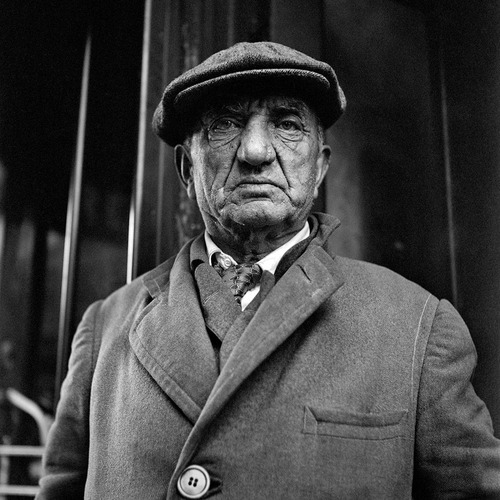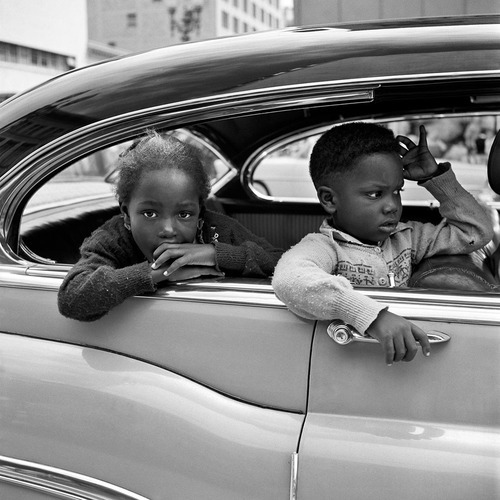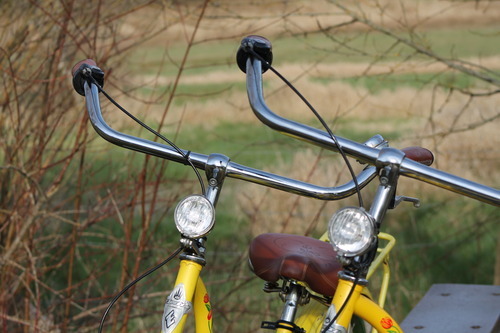What Do You See?
I bought a good Canon camera in October after returning from the London Advance. I wanted one just like Ashley’s since her pictures were so good! For the most part, for the past several months, my camera has remained in its case. This assignment, however, prompted me to take it out of the case and to learn about photography. I had no idea what I was getting into and was absolutely surprised at what I came away with. I hope that what I discovered will be helpful to you as well.
After reading Josh Kaufman’s book[1], I realized that I needed a plan. If he could do it, I could do it. Here is the 20-hour plan I came up with:
- Go out and take pictures with what you know now.
- Read about photography and read about your camera.
- Watch the video that came with the camera.
- Interview those who know photography.
So off I went to the park with the pond to photograph everything that looked like a good subject. I snapped and snapped and snapped photo after photo – trees, flowers, people, dogs, ducks, geese, water, sky, and my wife. So how did I do with round one? Frankly, I got some good pictures. But the problem is that I didn’t remember what I did to get these good photos. I soon realized that I needed more than just practice; I needed a foundation of theory behind the new and complicated technology of digital photography. So I whipped out the manual and video[2] that came with the camera. But, after reading and watching these, I became more confused than I was at the beginning of this project. Yes, I learned some new terminology – but I did not learn photography. Something was missing.
Next, I decided to set up my interviews. With all the busyness at work this week, I only had time for two interviews, one phone interview with “my buddy” Ashley Goad and one face-to-face interview with a long-time film-photographer friend Mike Demkowicz. First I called Ashley, since she was the one with all the great photographs! So what did I learn from her?
- Take lots and lots of pictures!
- Learn how to frame your subjects.
- Shoot early in the day and late in the day (It’s all about lighting).
- If your subject is in the sun, take your picture in the sun; if your subject is in the shade, take your picture in the shade.
- Use the “AV” (aperture priority) setting.
So, I went out to take more pictures with my newly discovered wisdom and took a lot more pictures using all my camera’s modes. Yes, I took some good pictures again – but I still did not really know how I did it. Practice makes perfect? Perhaps. But was I learning a new skill, or was I just running around in circles? I know – more reading! So next, I ordered the Dummies book on my particular camera, the Canon Rebel T3.[3] Then I read and read and studied and studied. But, again, I was getting more and more confused. The more I read, the more complicated this whole photography project became. And time was running out.
I have been a teacher for most of the past 35 years now, and there is one thing I know for certain; when one is going through the learning cycle, a common part of the process is frustration. It has been said that it is darkest before the light comes. I am not sure if this is always true, but I do know that often with my students, the light comes on only after the frustration, the confusion, and the temptation to quit and say, “What’s the point? What difference does it make if I learn this or not? Who cares?” I am not used to having these same questions, but I did feel this in the process of trying to learn photography this week. But now for the last resort; it was time to talk with a professional photographer. Surely he could teach me, help me to understand photography, and give me what I needed to take good, consistent photos. I was ready to learn, but little did I know what I would actually learn from Mike.
I arrived at Mike’s at 10:00 and left at 2:30. So what did I learn in these hours?
The first thing we did was to look at Vivian Maier photos.


Vivian Maier’s work is phenomenal. For thirty minutes I sat memorized looking at these photos. You can see some of her work at http://www.vivianmaier.com. This kind of observation of great photography is the first step in understanding this field, this art.
Mike then asked a series of questions which we talked through for almost three hours:
- What is a photograph?
- Why do I like this particular photo?
- What about it do I like?
- How was it done?
- What do I see?
- How do I show that?
- What would happen if…?
Here are the highlights of our conversation:
- We do not “take” photographs; we “make” photographs.
- A photograph is a document. What does it say?
- Photography is not about “snapping pictures”; rather, it is about slowing down long enough to notice something worth remembering.
- Photography is not like reading while surfing the “net.” It is more like sitting down and reading a novel over a long period of time.
- What do I want and what do I want to do with my photographs?
- Good photographers recognize that “more than myself is present.”
- Being an in-tune photographer is to recognize that the “art” of photography in spiritual and mystical at times.
- Our photos are not to be valued merely for what they are but for “more than what they are.”
- Good photographers have “joy before their objects and subjects.”
- We must look carefully at great photos.
- Good photos are about things that matter.
- Each photo is a “precious story.”
- The more you look, the more you see.
- Don’t ever trust the camera to do it for you. It is not about the camera; it is about you.
- Start with the photo, not with the camera.
- Be a “seer” not a consumer.
- Often, the best photographers were accomplished artists in other fields.
- Photography is craft and art.
- Everything looks different from a different angle and from a different perspective.
- Two different photographers can take the same subjects and “make” completely different photos.
- I am to “see” the photo opportunity, not “capture” it. Capturing something is violent language.
- Photography is about seeing more deeply.
- Good photography is “practiced intuition.”
- Don’t imitate others’ work; create your own.
- Always know your options.
- A photo is not only about the subject. What else is there in the photo that needs to be noticed?
- A photo is my subjective experience as well as my objective decisions.
- Photos are about many things: contrast and tone, smoothness, texture, geometry, forms, subject, atmosphere, and mood.
- What is it I want? How do I get that? How do I do that?
- Don’t settle for correct photos when you can have wonderful photos.
This was the gist of our conversation about photography. Mind you, we did talk some about f-stops, about depth of field, about aperture, and about shutter speed. But that was only a small part of our conversation. The bigger part of understanding photography had to do with philosophy, with art, and with the intangibles. Good composition comes not only in what one does, but in what one sees. As a writing teacher, I could not agree more, and as a fledgling photographer, I could not be more excited to get on with it. I discovered this week that I needed a foundation before heading into this new endeavor. My friend Mike helped to lay that foundation.
Have I learned everything there is to know about photography in twenty hours? Of course not! But I have learned enough to want to spend many more 20-hour sets of learning more about photography. Who knows, this skill just might come in handy some day.
PS – Some of you have asked for some pics so here are three.



[1] Josh Kaufman. The First 20 Hours: How to Learn Anything…Fast (New York: Poltfolio/Penguin, 2013)
[2] Focus Digital-SLR Photography in a Snap: Everything You Need to Know in About An Hour (Canada: Masterworks Media Inc., 2012)
[3] Julie Adair King and Robert Correll. Canon EOS Rebel T3/1000D for Dummies (Hoboken, New Jersey: John Wiley & Sons, Inc., 2011)
Leave a Reply
You must be logged in to post a comment.